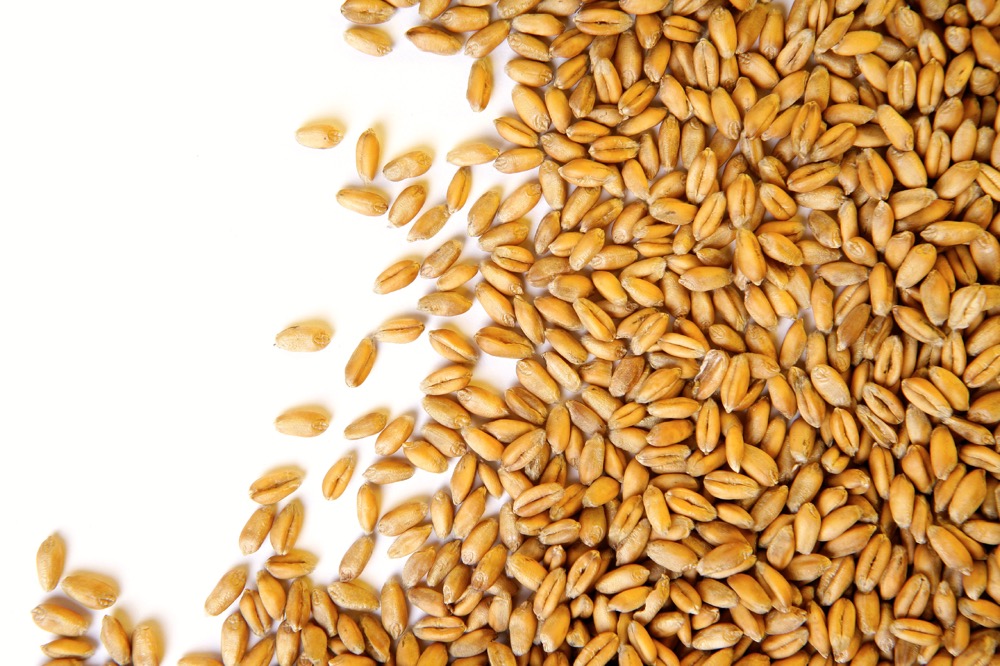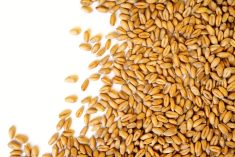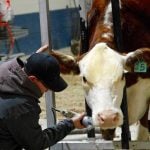Record-high U.S. fed cattle prices spilled over into the western Canadian feeder market this week causing prices to trade steady to as much as $5 per hundredweight (cwt) higher depending on the region.
Lighter-weight cattle under 600 pounds were notably stronger trading as much as $10/cwt higher at certain auction barns. Fancier top-quality stocker steers weighing 550 weights were readily selling for $250/cwt and 600-weights in the range of $205 to $211/cwt in Alberta.
Overwhelming buying momentum was spurred on by record feeding margins and while certain feedlots were holding back three weeks ago, they were now stepping forward fairly aggressively. Below-normal temperatures and adverse wintry-type conditions plagued many major feedlot regions in Canada and the U.S. this past weekend, causing some stress and logistical delays. It appears the fed market is incorporating a risk premium due to the uncertainty in production over the next three weeks. However, solid retail demand is underpinning the beef complex, with certain retail cuts also reaching all-time record highs.
Read Also

IGC raises 2025/26 world wheat crop forecast
The International Grains Council has raised its forecast for 2025/26 global wheat production with crop outlooks upgraded for Russia, the United States and Argentina.
A small group of exotic medium-flesh steers in the range of 810 to 850 lbs. sold for $170/cwt in central Alberta. Black steers weighing 734 lbs. sold for $178/cwt in southern Alberta. Simmental-cross steers averaging 610 lbs. sold for $212 delivered feedlot in the Lethbridge area. Buyers have become extremely fussy with severe discounts noted on lower-quality cattle. While feedlots are looking for replacements, they don’t know if they should be happy or frustrated paying these higher values.
Adverse weather, stronger retail demand and lower beef production continue to drive the fed market which will support the feeder complex in the short term. The upward trend remains intact and there is no signal that prices are stalling at the current levels.
I’ve received a few inquiries from producers asking “How high can prices go?” The cattle market usually makes a pattern with a “spike high,” where prices surge higher one week, then are sharply lower the following week. A slow upward trend is confirmation of solid demand and momentum.
— Jerry Klassen is a commodity market analyst in Winnipeg and maintains an interest in the family feedlot in southern Alberta. He writes an in-depth biweekly commentary, Canadian Feedlot and Cattle Market Analysis, for feedlot operators in Canada. He can be reached by email at [email protected] for questions or comments.












